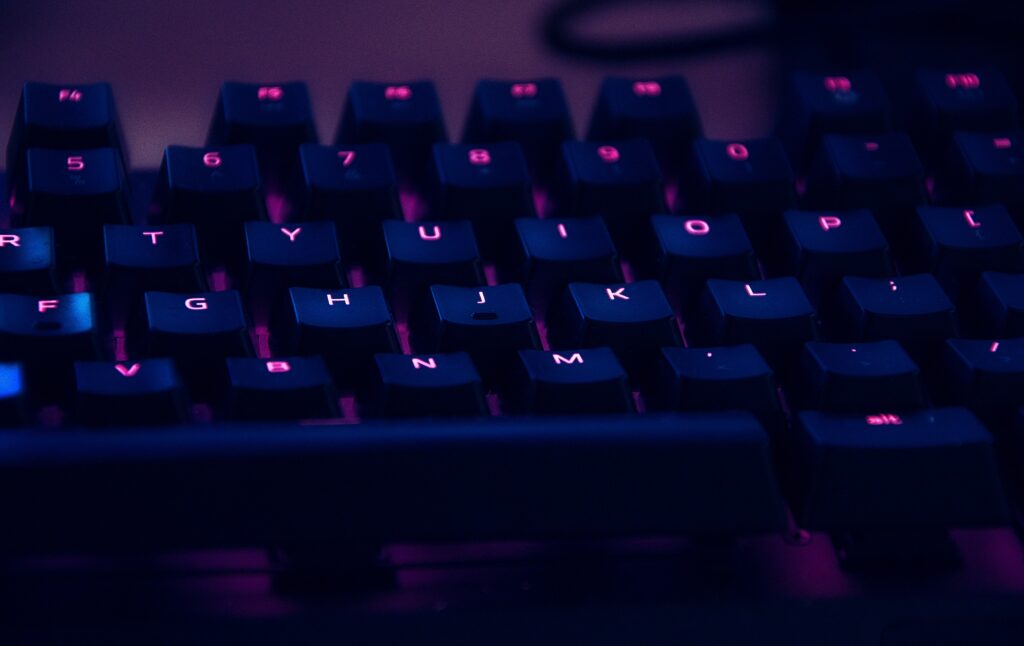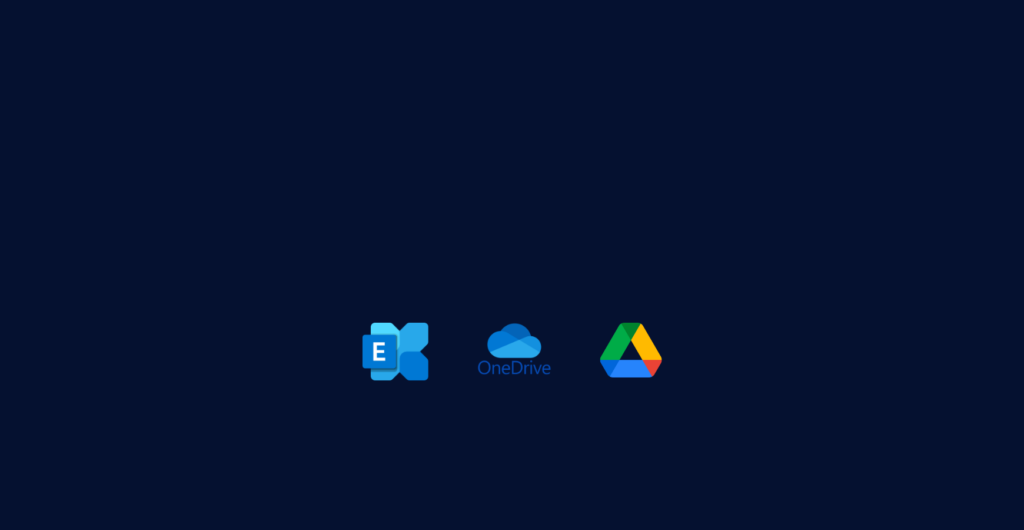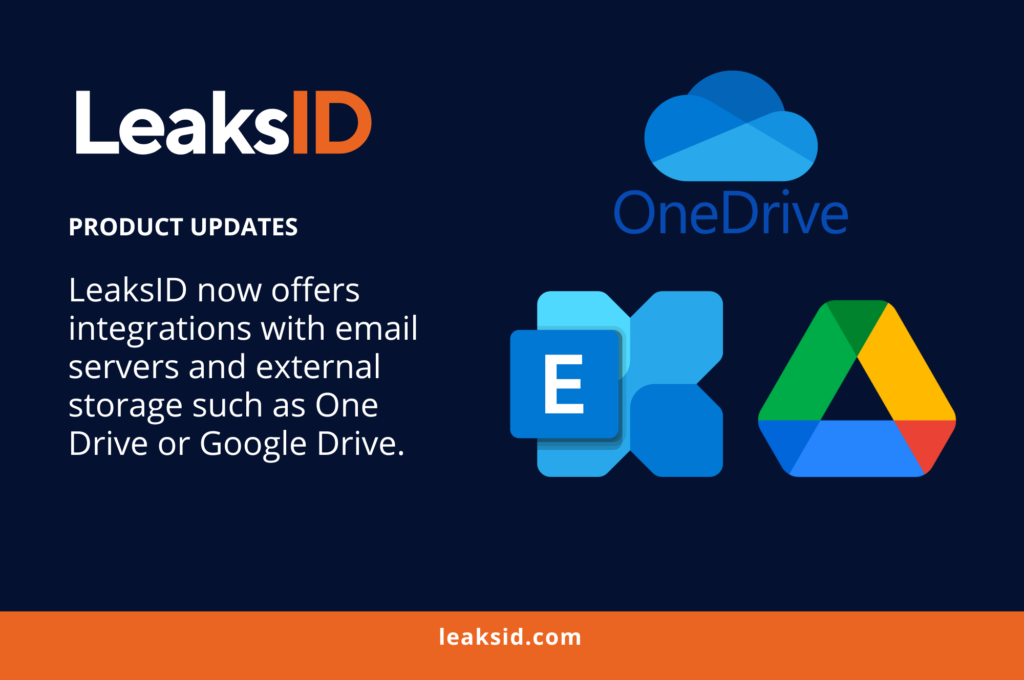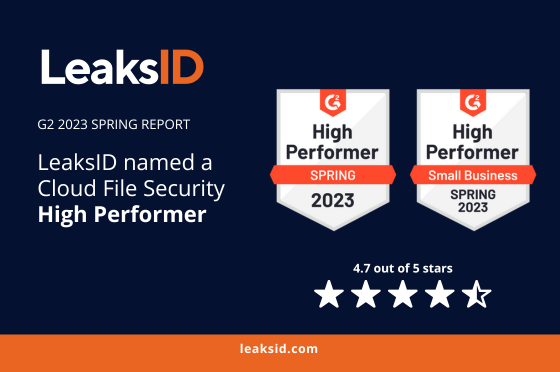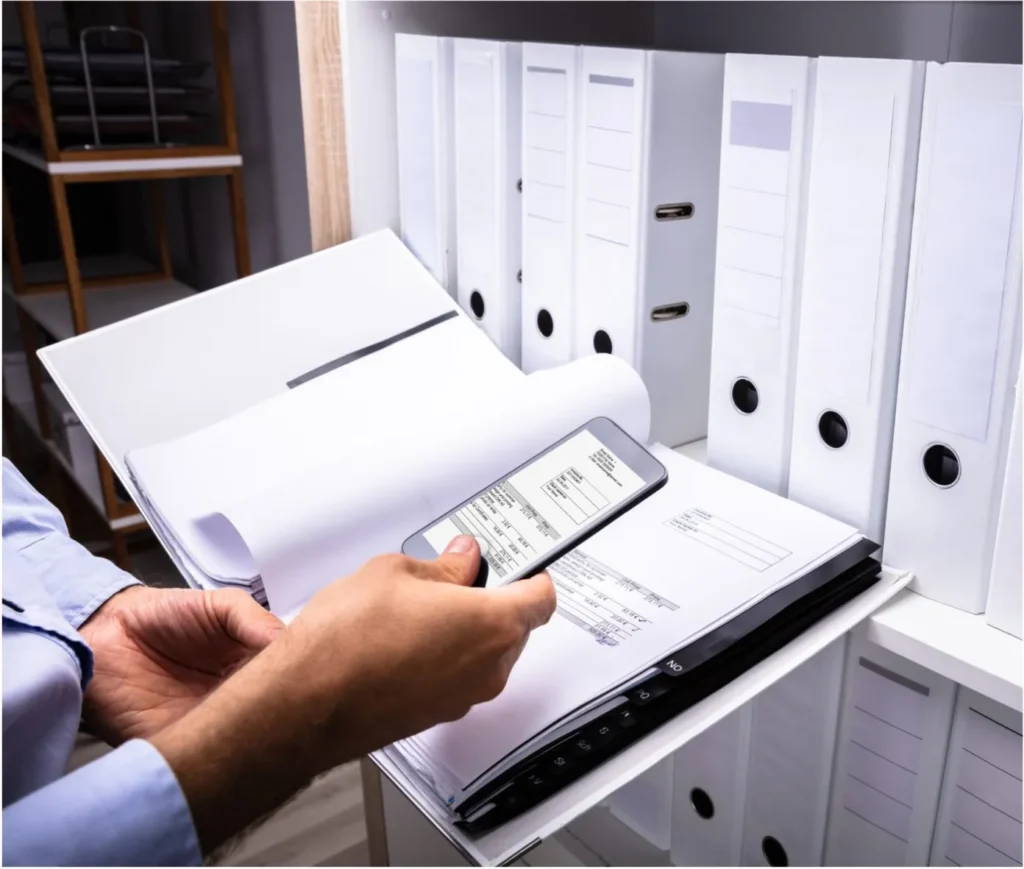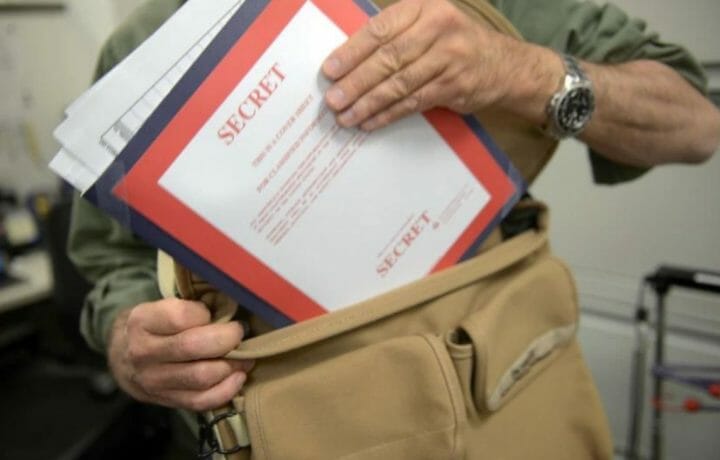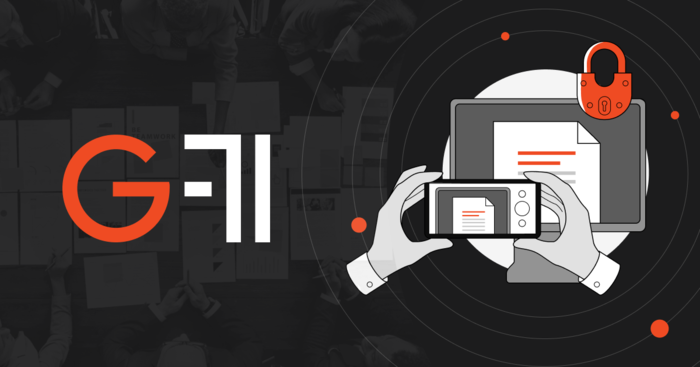G-71 Inc., a provider of a document security solution, announced the update of their LeaksID investigation module, which significantly reduces the time required to identify the source of a confidential document leak.
According to open-source data, conducting an investigation to determine the source of a leak is often the most time-consuming and expensive part of addressing the aftermath of a leak. It can be challenging to identify who compromised a document, whether it was through taking a photo of a confidential document with a smartphone or sneaking out a printed copy of the document from an office.
Existing solutions on the market help prevent and investigate leaks but fall short when it comes to compromising analog versions, such as printed copies of documents, or leaked photos on mobile devices. This is where LeaksID can help. The solution incorporates invisible marking into documents at every stage of interaction with them, such as printing, sending, downloading, and even viewing. In the event of a leak, this marking can easily identify the source of the leak.
We are constantly improving our solution and optimizing it to meet the needs of our users. Improving the speed of investigation is an opportunity to reduce even more time for our users and obtain more accurate results.
Sergey Voynov, G-71 CEO and Co-Founder
The latest updates to the LeaksID investigation module include faster document recognition, improved calibration, and enhanced accuracy of investigation results. To initiate a new investigation, users simply need to upload a fragment of the leaked document using the drag and drop tool, such as a photo, screenshot, or small snippet with just a few sentences in .png, .jpg, or .tiff format.
There’s no need to provide the entire document for an investigation. LeaksID’s system then compares the sample with copies in its database and searches for matching documents. Additionally, the built-in image editor allows users to pre-process the document sample if necessary. Overall, the investigation process is designed to be straightforward and user-friendly.
Investigations are one of our key features. While watermarking is widely available, it does not provide the necessary support for further investigation. That’s why we focus on our module and offer a unique approach to document investigation.
Julia Doronina, G-71’s CMO
About G-71
G-71 Inc., a cybersecurity company, created a cutting-edge ITM technology LeaksID to solve a crucial problem enterprises face: leaks and public disclosure of sensitive documents that are compromised via various methods, including photographs.













